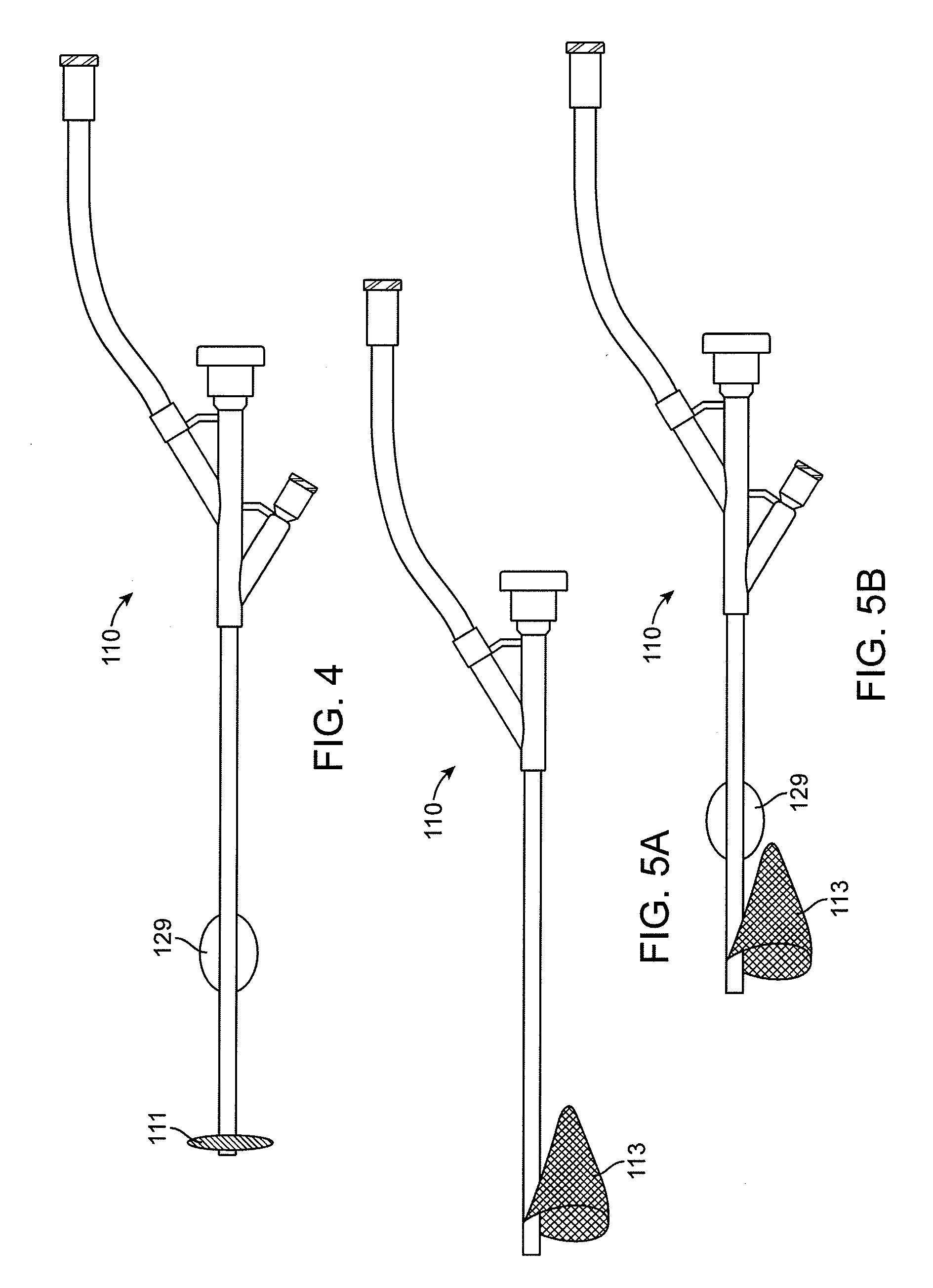Systems and methods for transcatheter aortic valve treatment
a technology of transcatheter aortic valve and treatment method, which is applied in the field of systems and methods for transcatheter aortic valve replacement, can solve the problems of short and long-term complications, high invasiveness of heart valve replacement surgery, and long recovery time, and achieves short and straight access paths, shorter and more rigid, and greater degree of control
- Summary
- Abstract
- Description
- Claims
- Application Information
AI Technical Summary
Benefits of technology
Problems solved by technology
Method used
Image
Examples
Embodiment Construction
[0038]Disclosed herein are devices and methods that allow arterial access, such as transcervical access via the common carotid artery, or subclavian access via the subclavian artery to the native aortic valve, and implantation of a prosthetic aortic valve into the heart. The devices and methods also provide means for embolic protection during such an endovascular aortic valve implantation procedure.
[0039]In an embodiment, transcervical or subclavian access to the aortic valve is accomplished via either a percutaneous puncture or direct cut-down to the artery. A cut-down may be advantageous due to the difficulty of percutaneous vessel closure of larger arteriotomies in the common carotid artery. If desired, a pre-stitch may be placed at the arteriotomy site to facilitate closure at the conclusion of the procedure. An access sheath with associated dilator and guidewire is provided which is sized to fit into the common carotid or subclavian artery. The access sheath is inserted into th...
PUM
 Login to View More
Login to View More Abstract
Description
Claims
Application Information
 Login to View More
Login to View More - R&D
- Intellectual Property
- Life Sciences
- Materials
- Tech Scout
- Unparalleled Data Quality
- Higher Quality Content
- 60% Fewer Hallucinations
Browse by: Latest US Patents, China's latest patents, Technical Efficacy Thesaurus, Application Domain, Technology Topic, Popular Technical Reports.
© 2025 PatSnap. All rights reserved.Legal|Privacy policy|Modern Slavery Act Transparency Statement|Sitemap|About US| Contact US: help@patsnap.com



